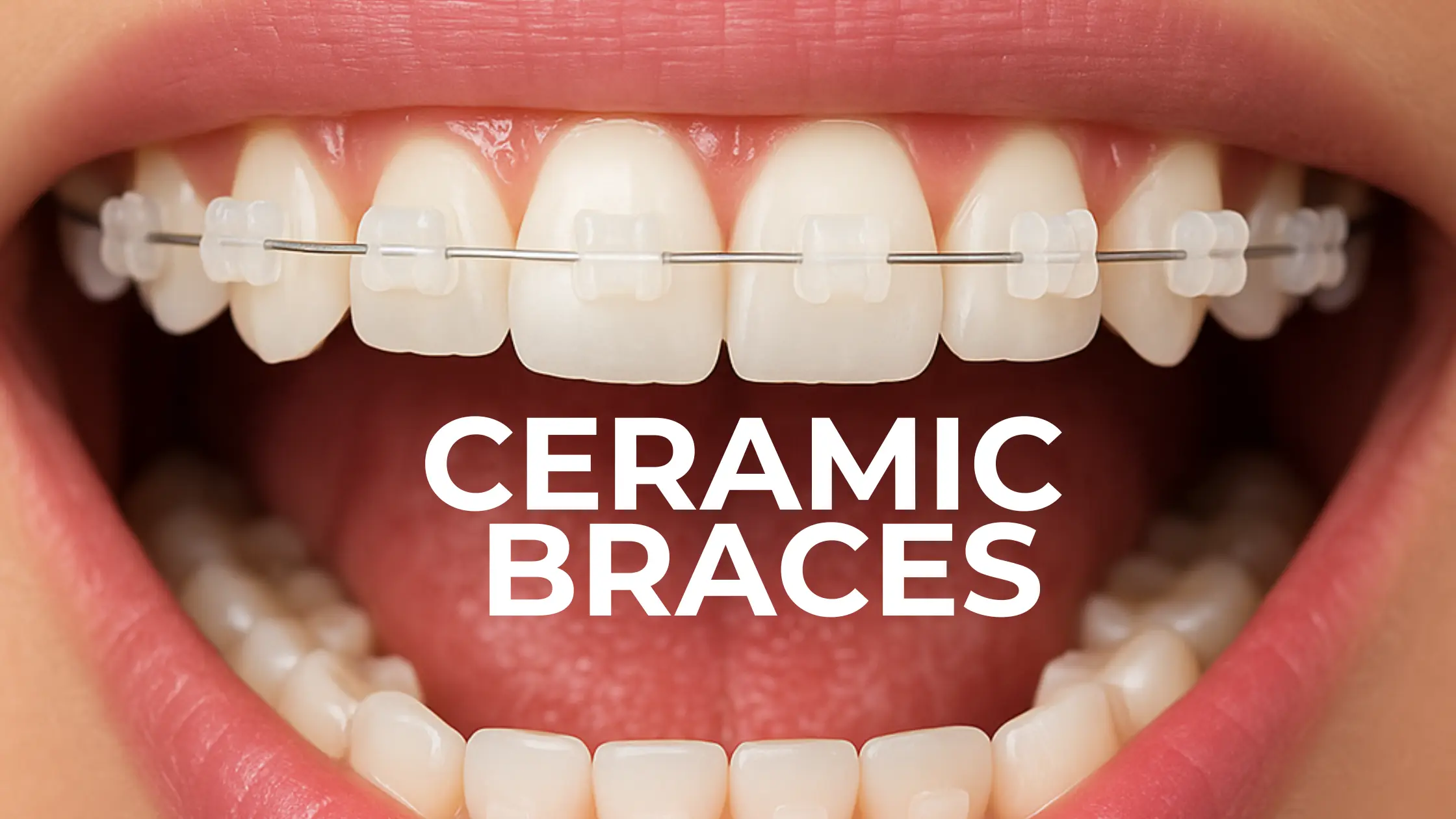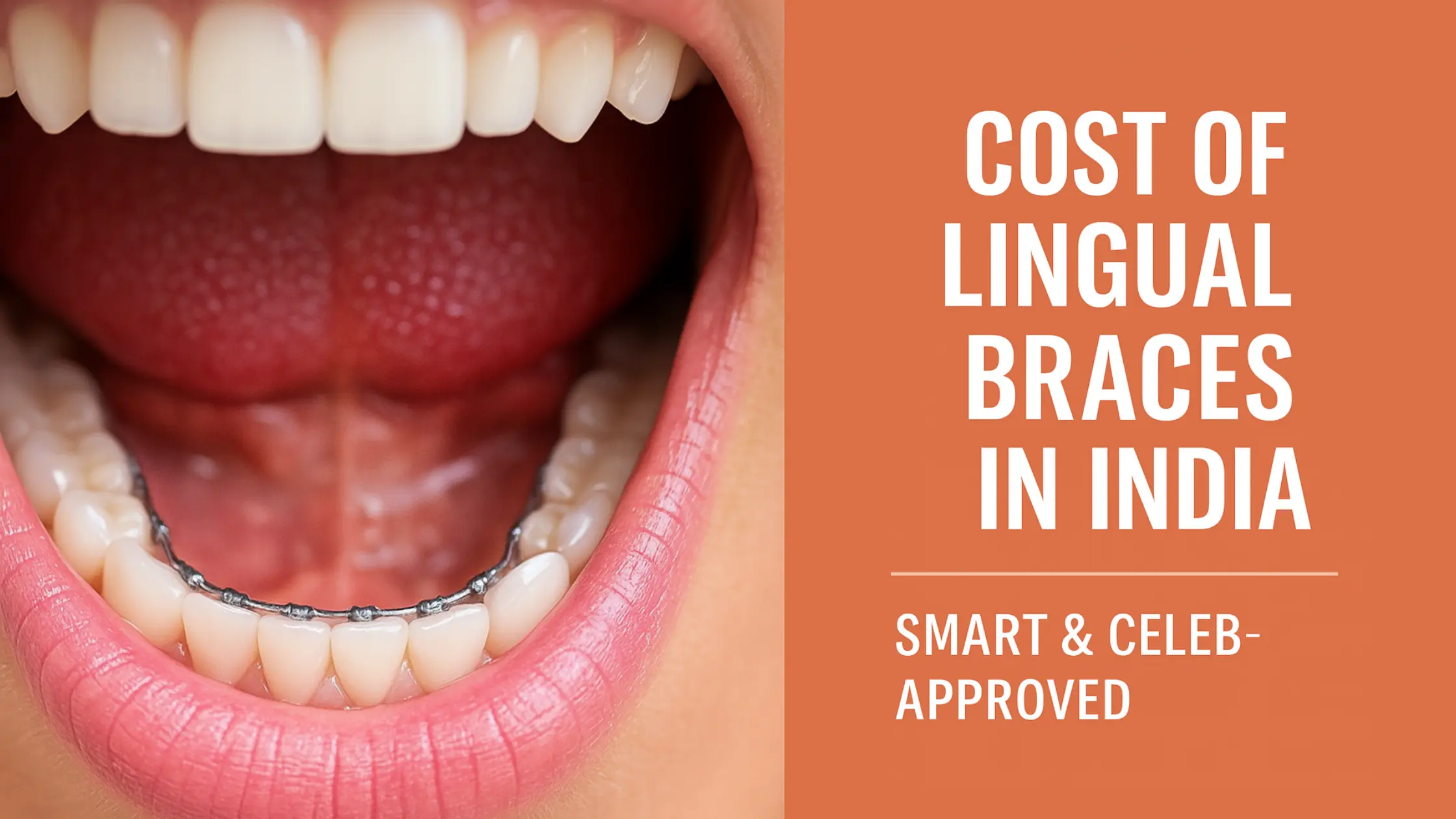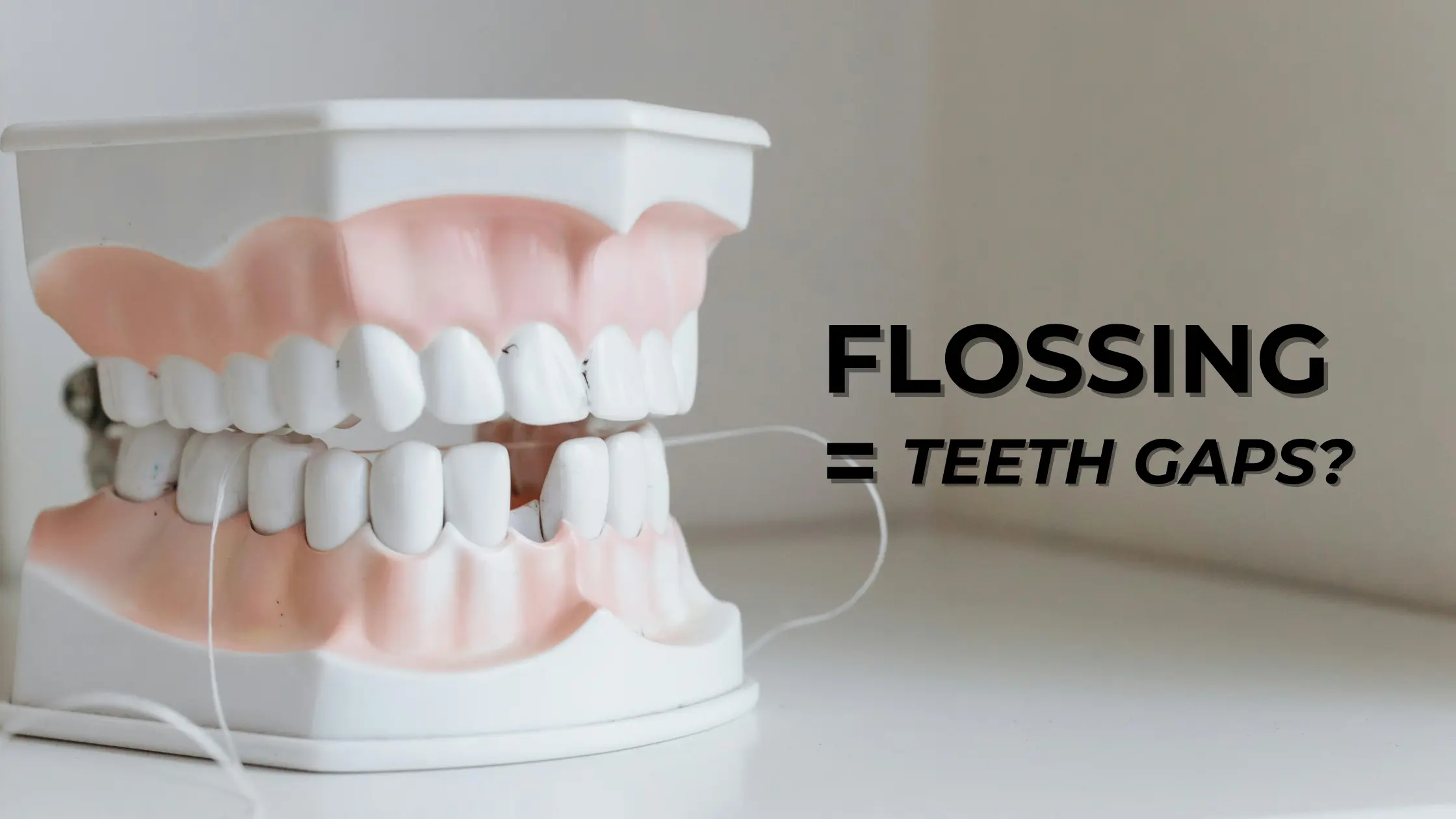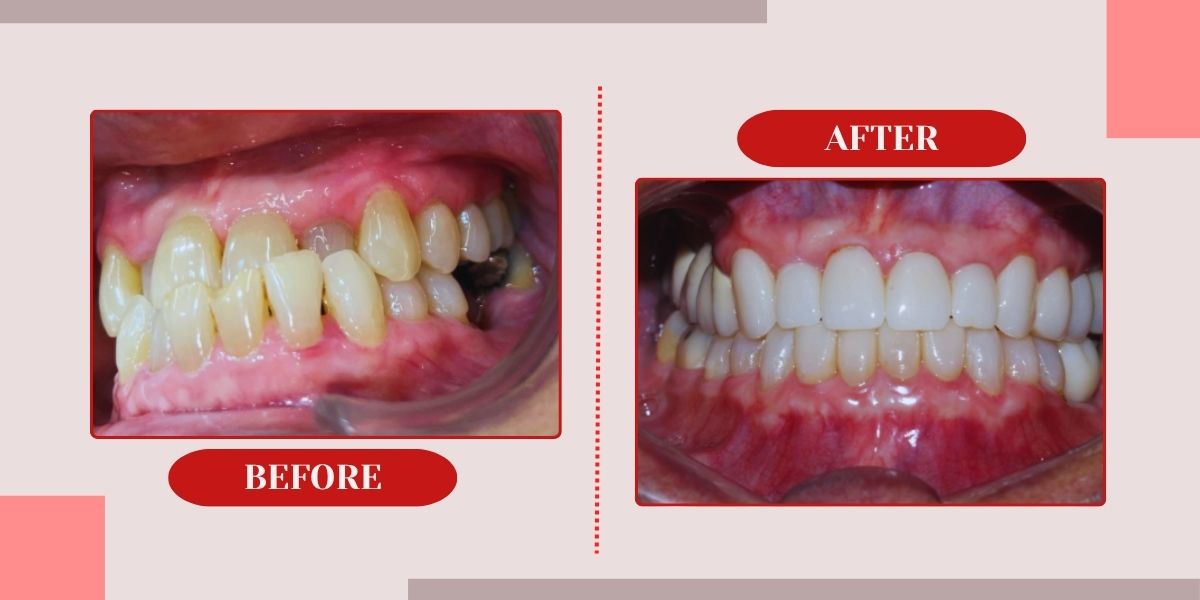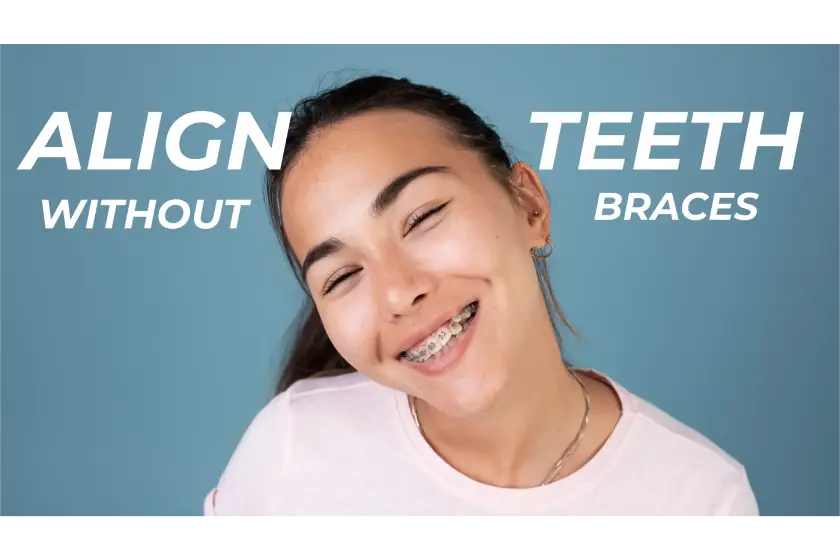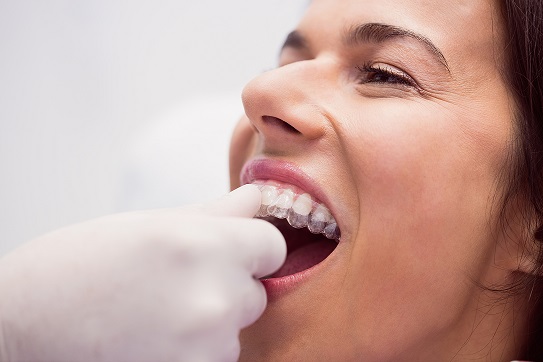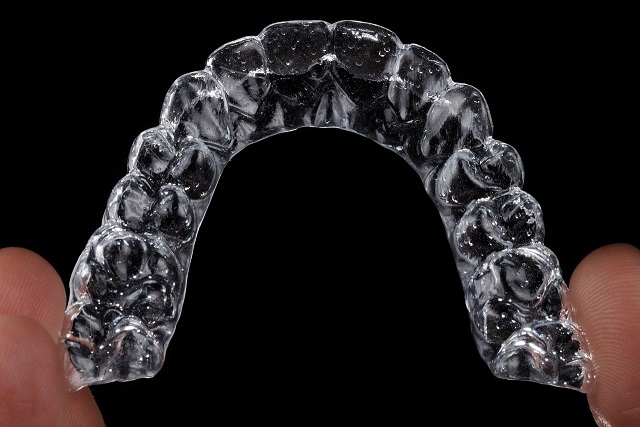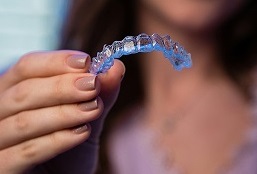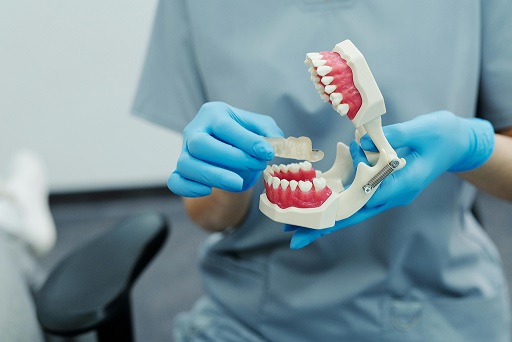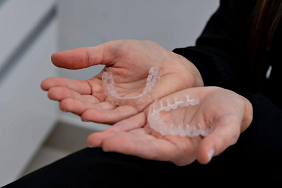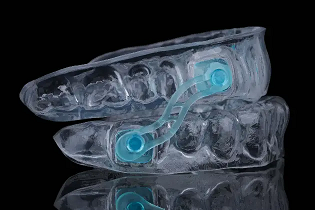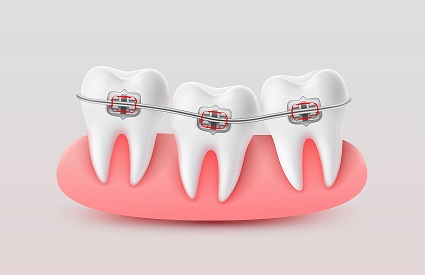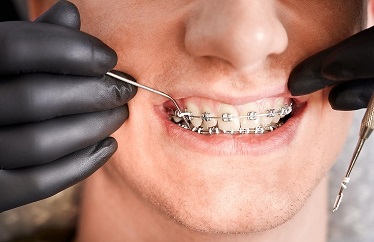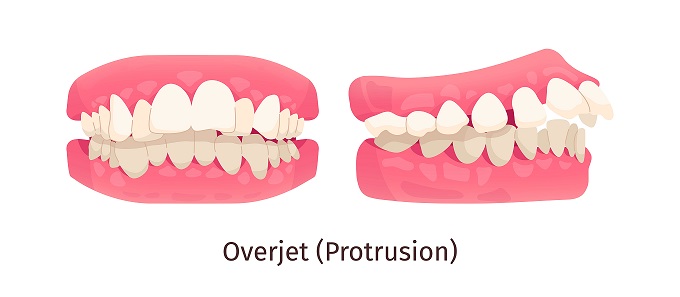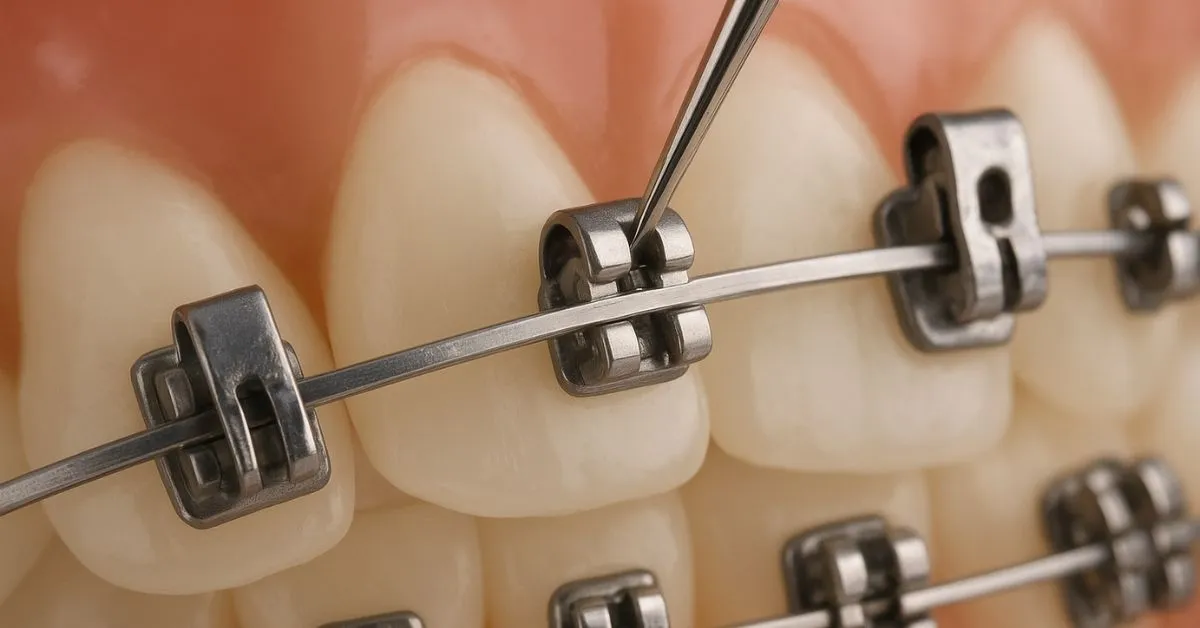
Publish on Aug 18, 2025
Self-Ligating Braces: An alternate option to traditional braces
Traditional metal braces have always been the standard solution for straightening teeth. As technology advances, so do the available orthodontic options. A much more modern technique that has been getting quite a lot of acclaim is self-ligating braces. If you are considering orthodontic treatment, you might have heard the names ceramic self-ligating braces or even weighed them against traditional metal ones.
In this blog post, we will completely break down what self-ligating braces are, how they operate, their advantages and disadvantages, and whether they’re worth it.
What are self-ligating braces?
Self-ligating braces consist of brackets with doors which can be engaged to open the door for inserting the archwire and then can be closed, working as self-ligation or locking the archwire in place.
You know that the traditional metal braces have ligature wires or elastic bands to hold the archwire in place. But you see, in self-ligating braces, they have a built-in mechanism. You can call them small sliding doors or clips that do not require extra pieces to keep the wire in place.
This is a very simple difference. This difference makes the treatment better and comfortable.
Self-Ligating Bracket System
Made up of metal and in small sizes, self-ligating brackets are available in various forms. The major ones are:
1. Metal Self-Ligating Braces
Mostly, they are formulated from stainless steel and bear a very close resemblance to traditional braces, but have an advanced, sleek appearance. They are powerful and significantly efficient, and many times get preferred due to their robustness.
2. Ceramic Self-Ligating Braces
These are the braces which are less noticeable than metal braces. They are clear or tooth-colored. Because of this, they are very popular with adult patients and teenagers as they desire treatment which does not attract attention.
Let’s Compare the Self-Ligating Braces to Conventional Braces
What is the difference between self-ligating braces and the traditional braces that we have always been familiar with?
No Elastic Ties
True braces had traditionally used rubber bands to tie the wire in place, creating friction that slowed down the movement. Self-ligating braces do away with this requirement, enabling free movement of the teeth.Appointment Frequency
There are fewer appointments because there are no elastic bands to change and replace, so patients visit the orthodontist less often.Greater Comfort
Lower friction and reduced force make many people find self-ligating braces quite comfortable, especially after the appliance has been tightened.Improved Oral Hygiene
Since there are no elastic bands that trap food and plaque along the gums, it is commonly easier to keep teeth clean with self-ligating braces.
However, conventional braces are still highly effective and may be a more appropriate solution for more complex orthodontic issues.
Self-Ligating Braces vs Metal Braces: Which Is Better?
Let’s break it down in a side-by-side comparison:
| Feature | Self-Ligating Braces | Traditional Metal Braces |
|---|---|---|
| Appearance | Sleeker, less noticeable | Bulkier and more visible |
| Comfort | Generally, more comfortable | Can cause more pressure |
| Hygiene | Easier to clean (no elastics) | More difficult to clean |
| Speed | Can be faster | May take longer |
| Cost | Slightly higher | Generally, more affordable |
To sum it all together, both options will deliver excellent results. In the end, they come down to your preference, budget and what your dentist will recommend for your specific needs.
The Drawbacks to Self-Ligating Braces
While many good features accompany self-ligating braces, they certainly are not perfect. Consider the following Self-Ligating Braces disadvantages:
- Higher Cost: They are generally more expensive as compared to conventional braces.
- Not for everyone: There are some severe dental problems that may still demand the use of regular metal braces.
- Appearance: They are less visible than the metal braces, but they are not totally invisible like your clear aligners.
There are a few dentists who are more familiar and have more experience with these braces than others, so it is important for you to check your dentist’s area of expertise and experience.
Self-Ligating Braces Before & After
Arguably, the most appealing part of orthodontic treatment is witnessing the transformation.
Teeth may be crooked before treatment or irregularly spaced. Generally, after self-ligating braces, more aligned teeth, better biting, and even facial aesthetic changes can be brought about in a patient, especially with systems concentrated on broader arch development.
Cost of Self-Ligating Braces in India
Now let’s talk about numbers.
In India, self-ligating braces cost between INR 55,000 to INR 1,50,000, generally, depending on several factors like:
- Type (metal vs ceramic)
- Brand
- Geographic location
- Complexity of the treatment
What are the Self-Ligating Braces prices in India?
- Metal Self-Ligating Braces: INR 55,000 to INR 90,000
- Ceramic Self-Ligating Braces: INR 85,000 to INR 1,50,000
The cost may be higher compared to your traditional braces. The patients may feel a reduced number of visits, faster results and better comfort, which can justify the added expense.
Why should we choose Self-Ligating Braces?
Read below the quick summary of why you might want to consider self-ligating braces:
- Quicker treatment time in many cases
- Fewer visits to your dentist
- Easy to maintain
- Potentially more comfortable
- Ceramic options are available
Final Thoughts
The self-ligating system gives you an advanced and easy way of getting your smile straight. They have options like metal self-ligating braces, ceramic, or any premium brand braces. You can go for any of those systems, depending on your dental needs and lifestyle
This is an investment not only in your looks but also in your long-term oral health. This gives you a boost in confidence and helps you avoid future dental issues that may arise with misalignment of your teeth.
Once you have decided to go for these braces, you need to discuss the treatment plan with your dentist. Look at all the choices that are available to you and weigh their advantages and disadvantages. The right braces will make for a much smoother, faster, and more comfortable smile journey!
Medically Reviewed By Dr Jaineel Parekh, MDS orthodontics


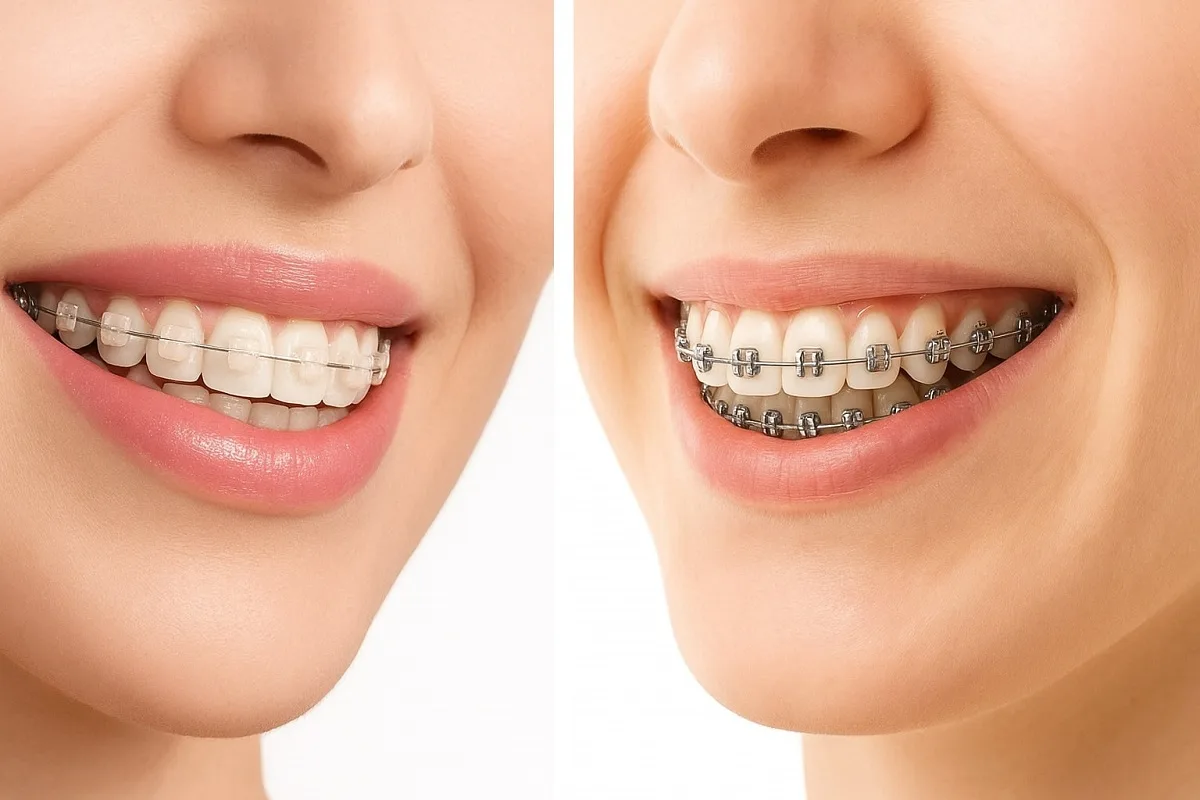
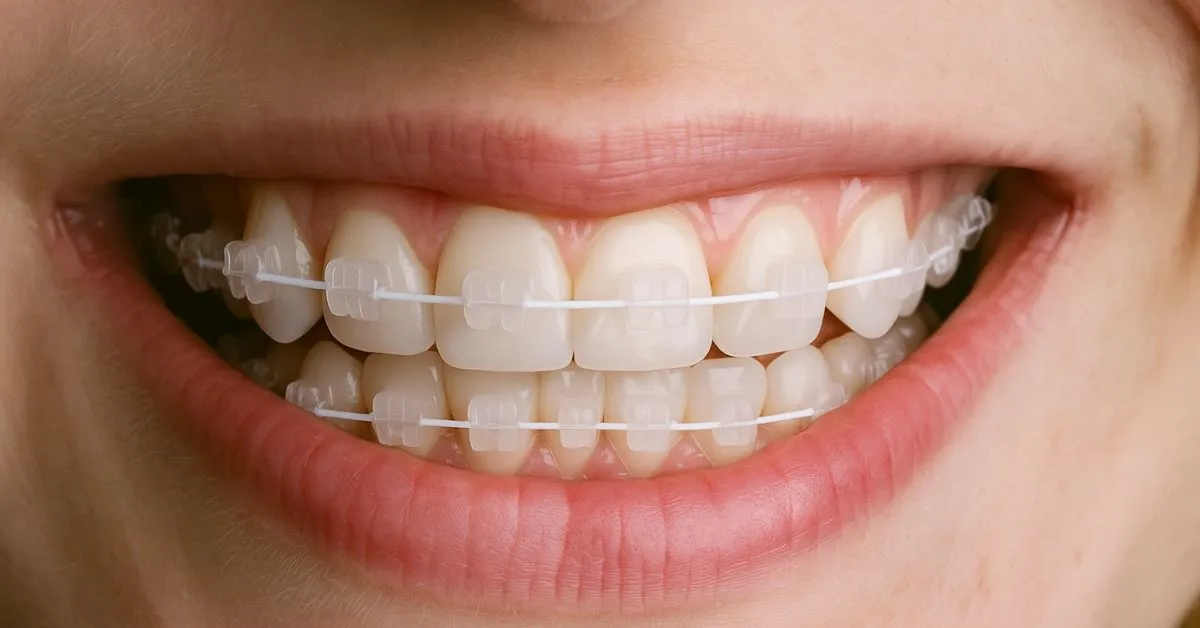
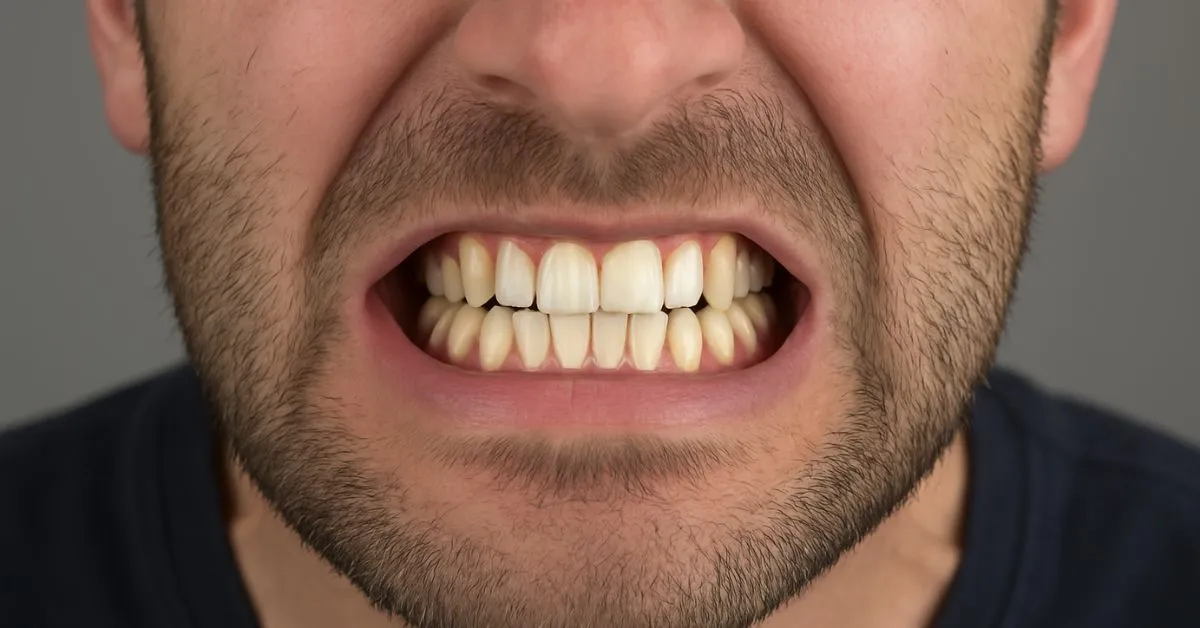
.webp
)
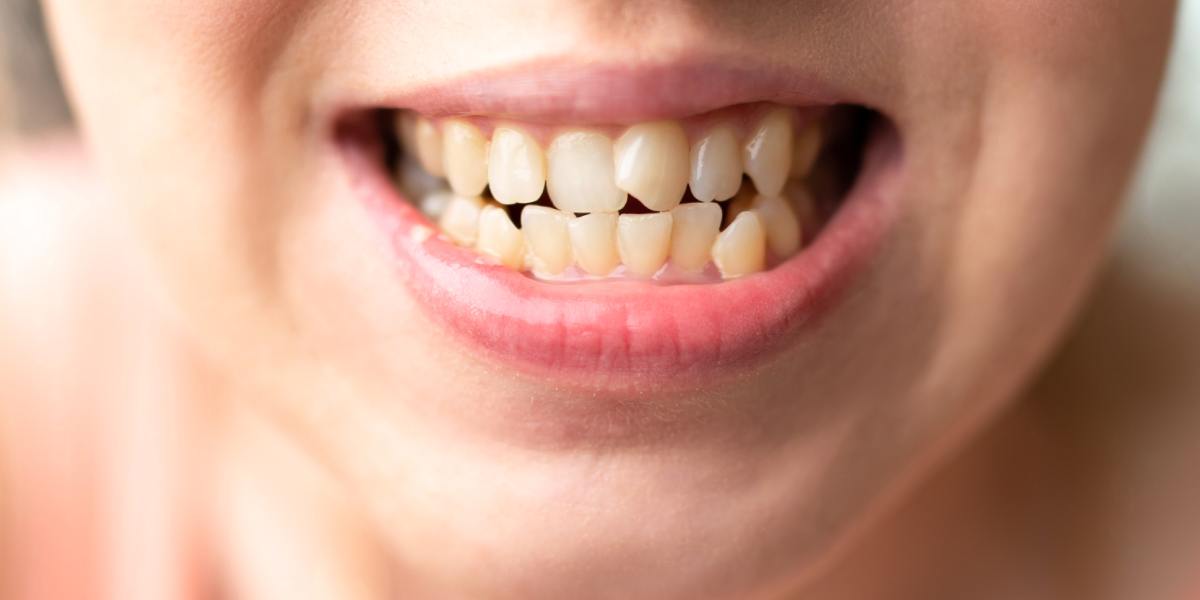
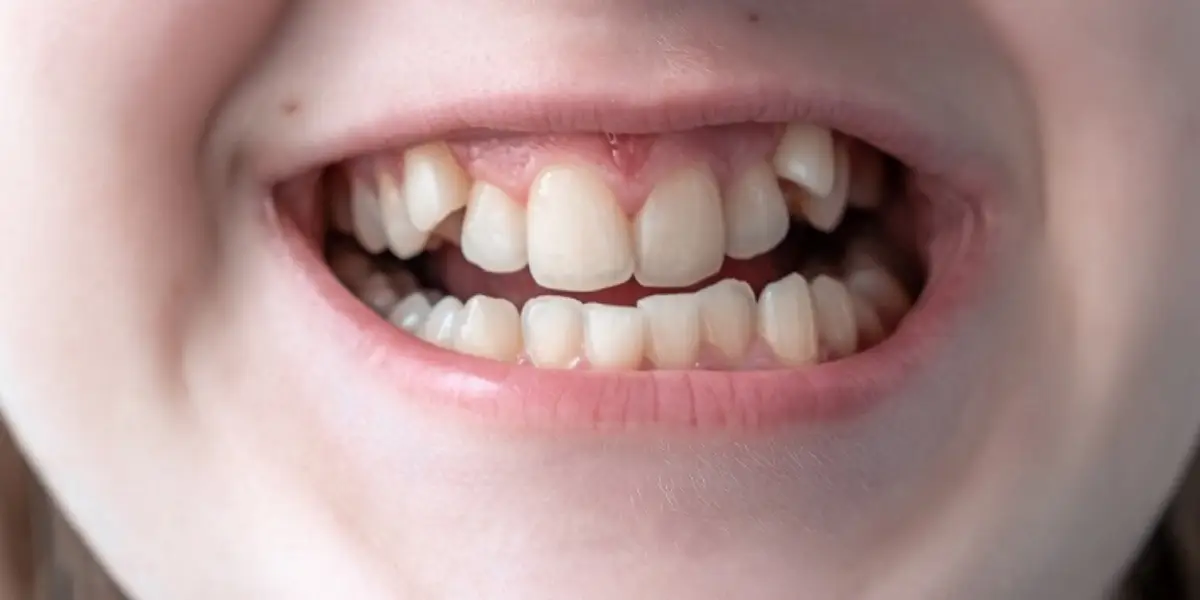
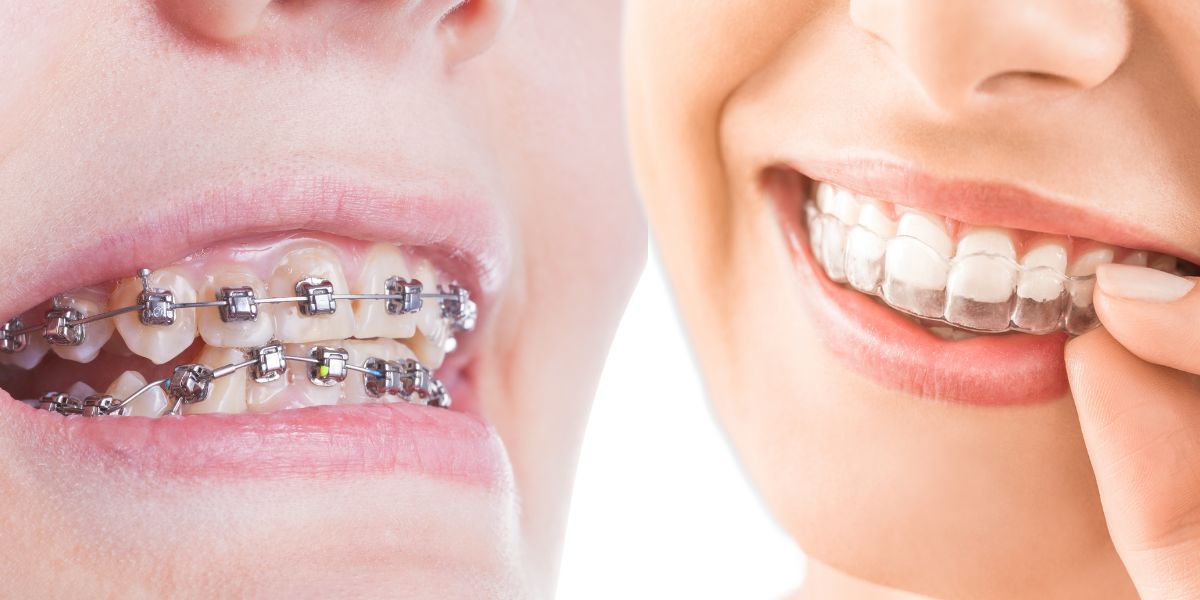
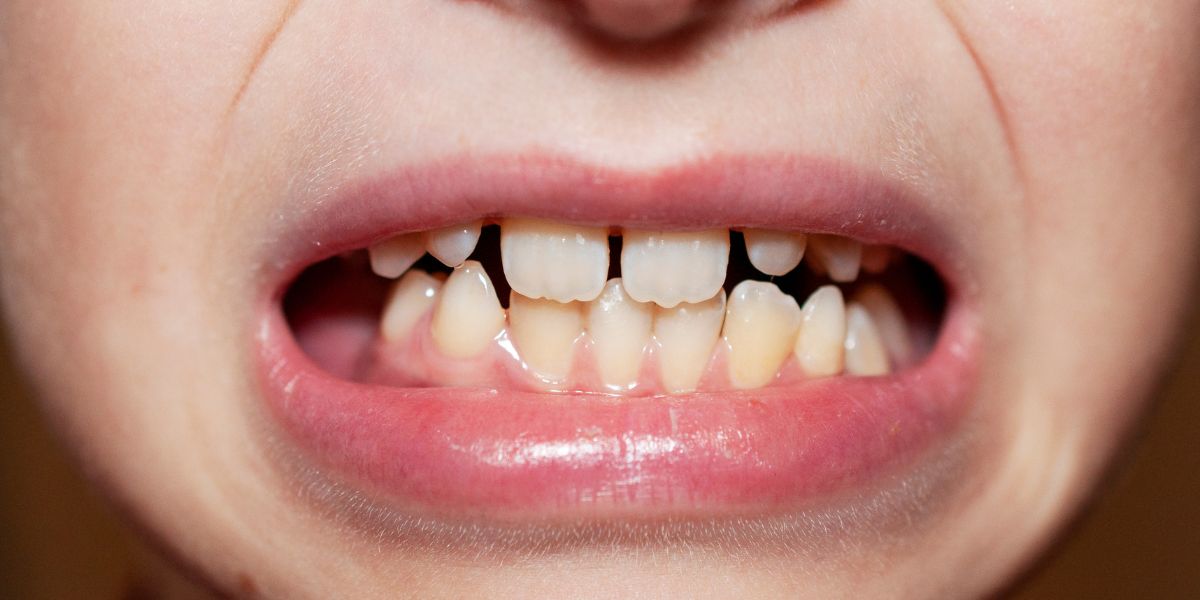
.jpg)
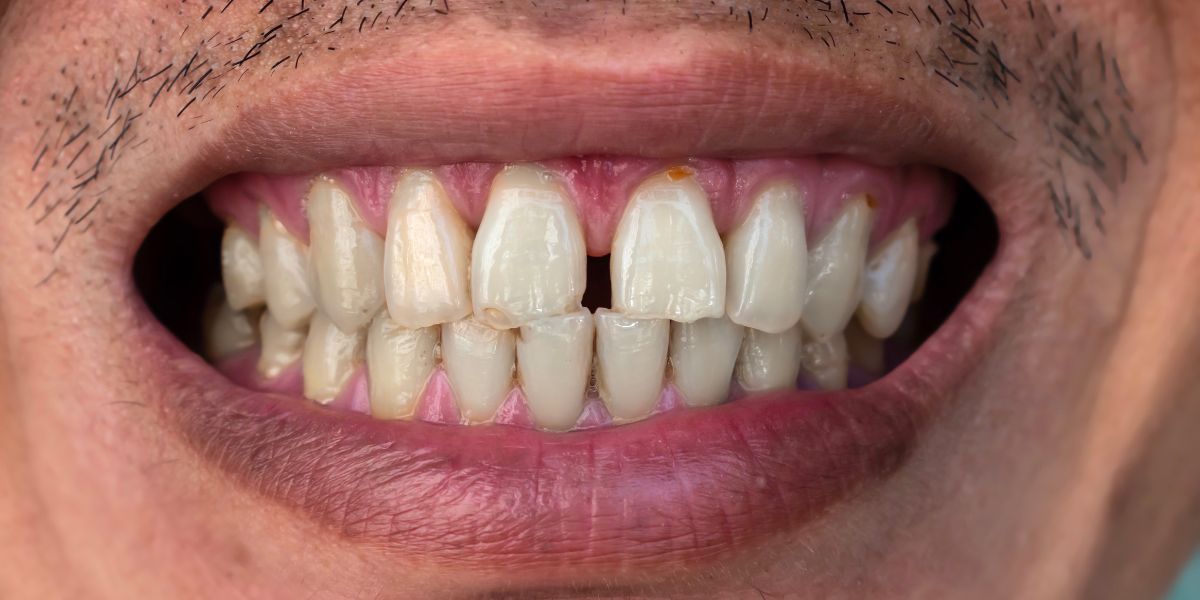

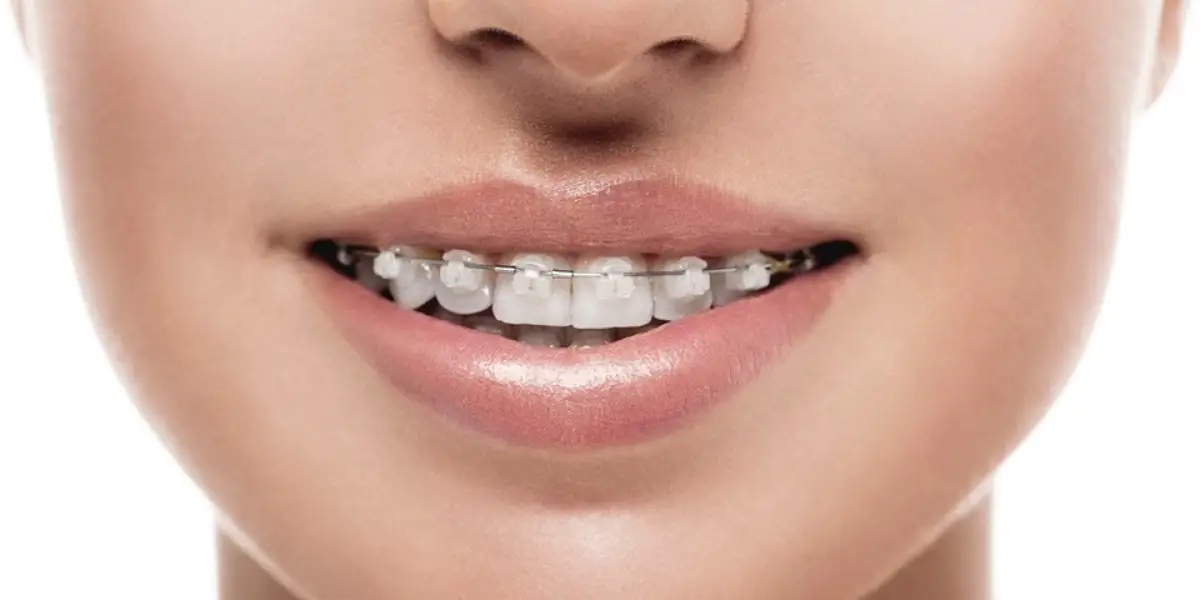
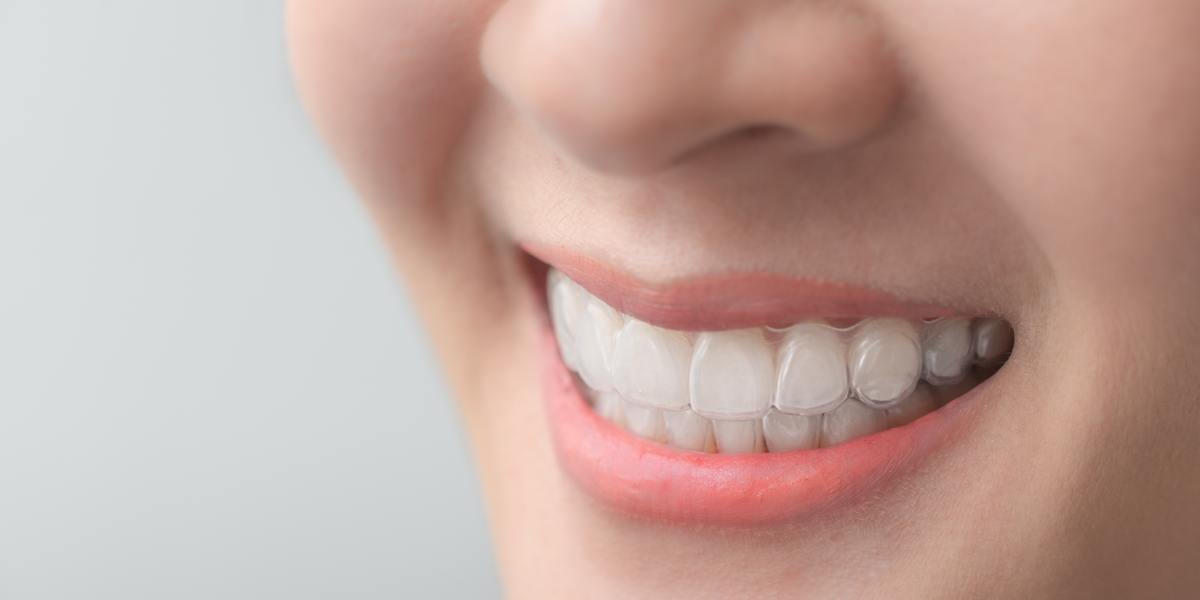

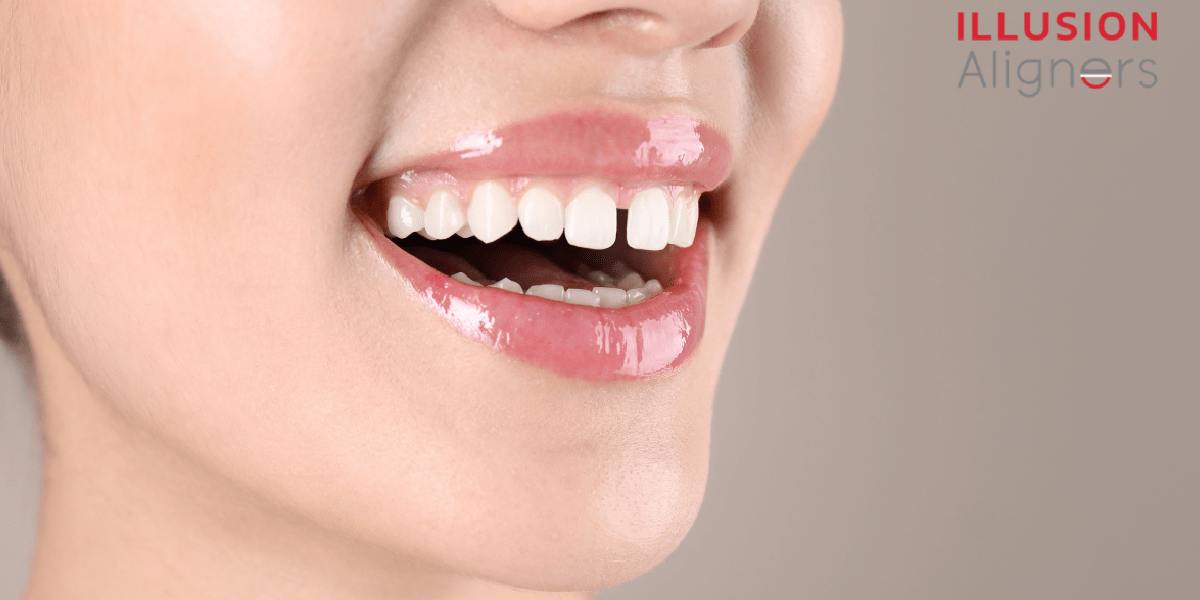
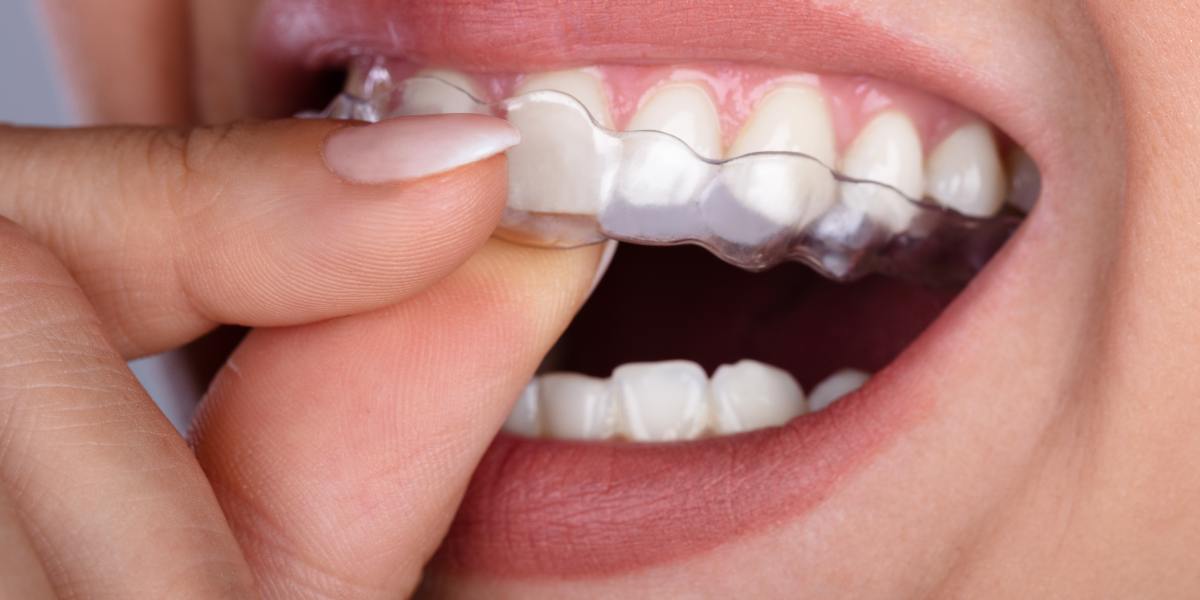
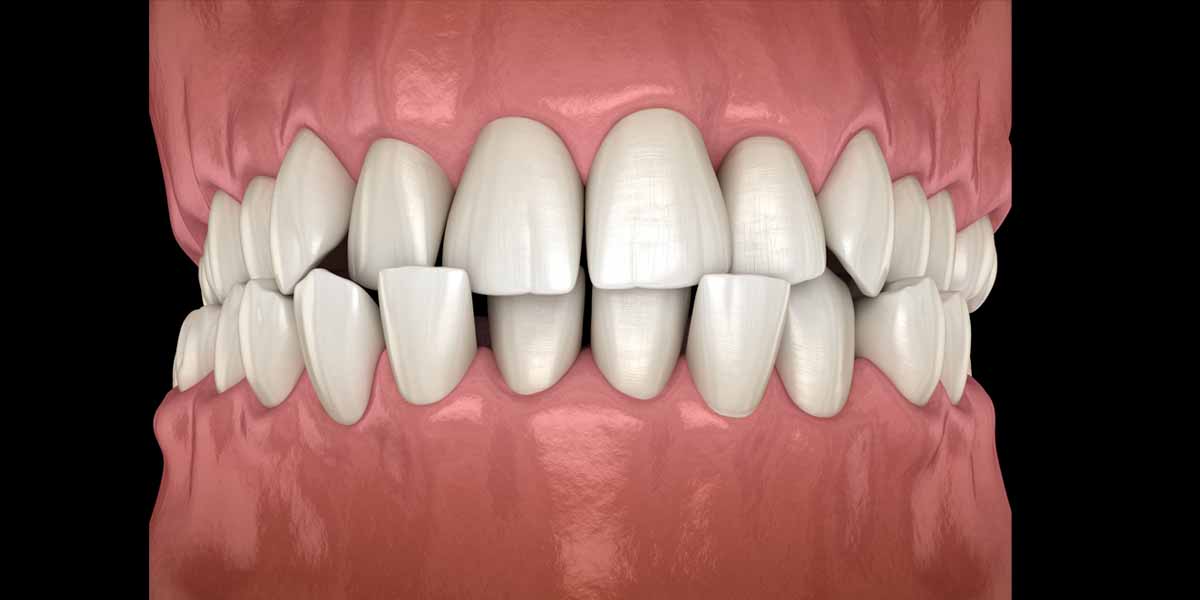
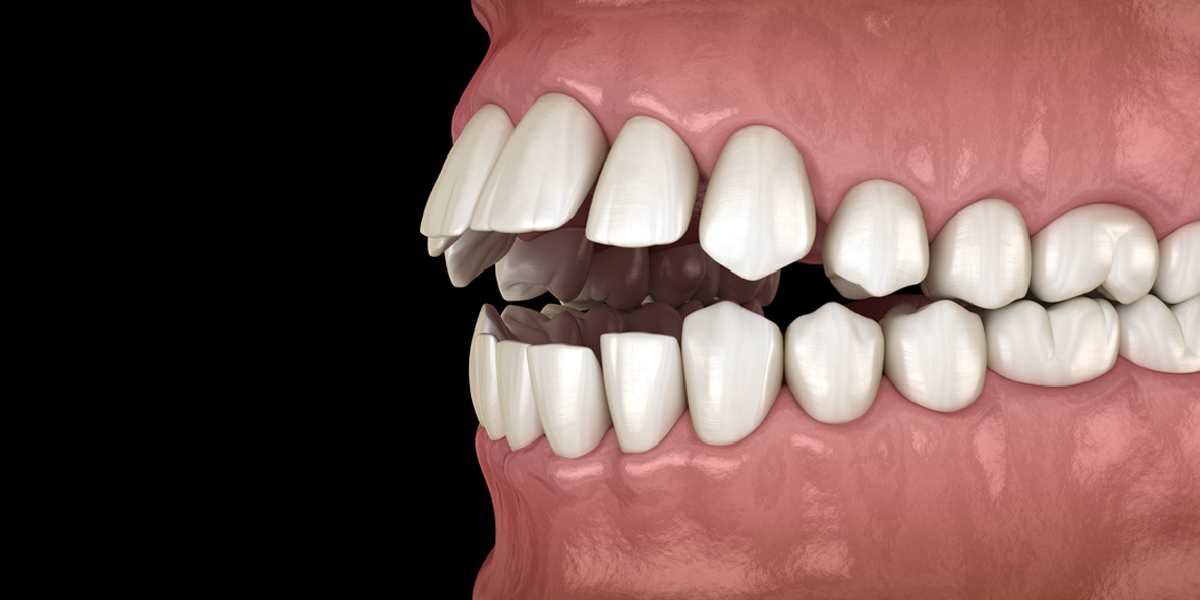
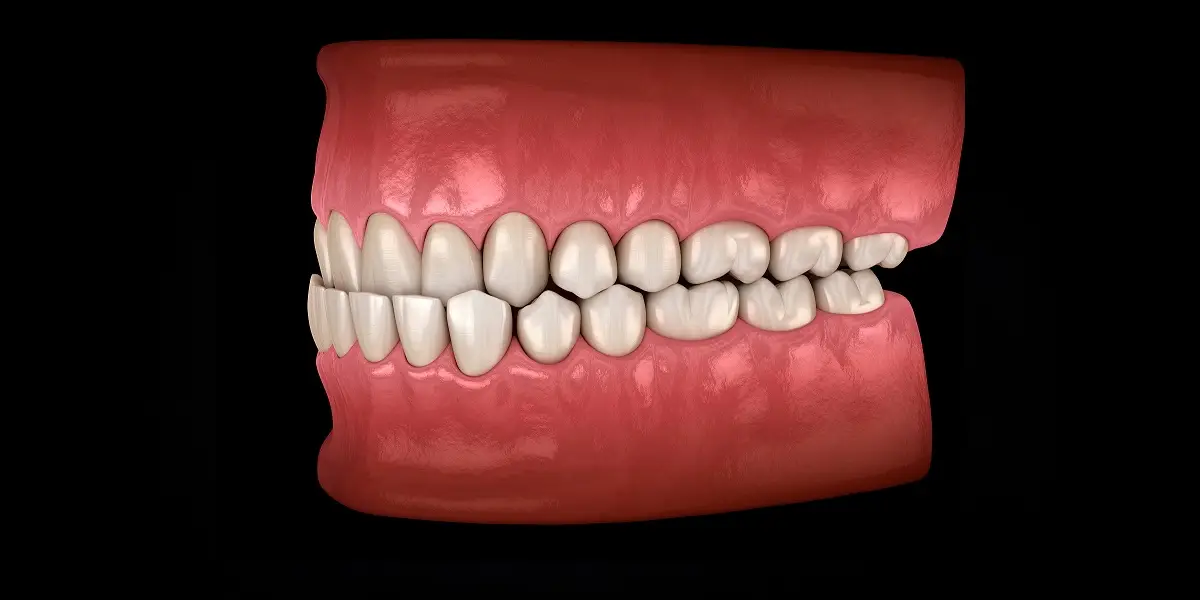
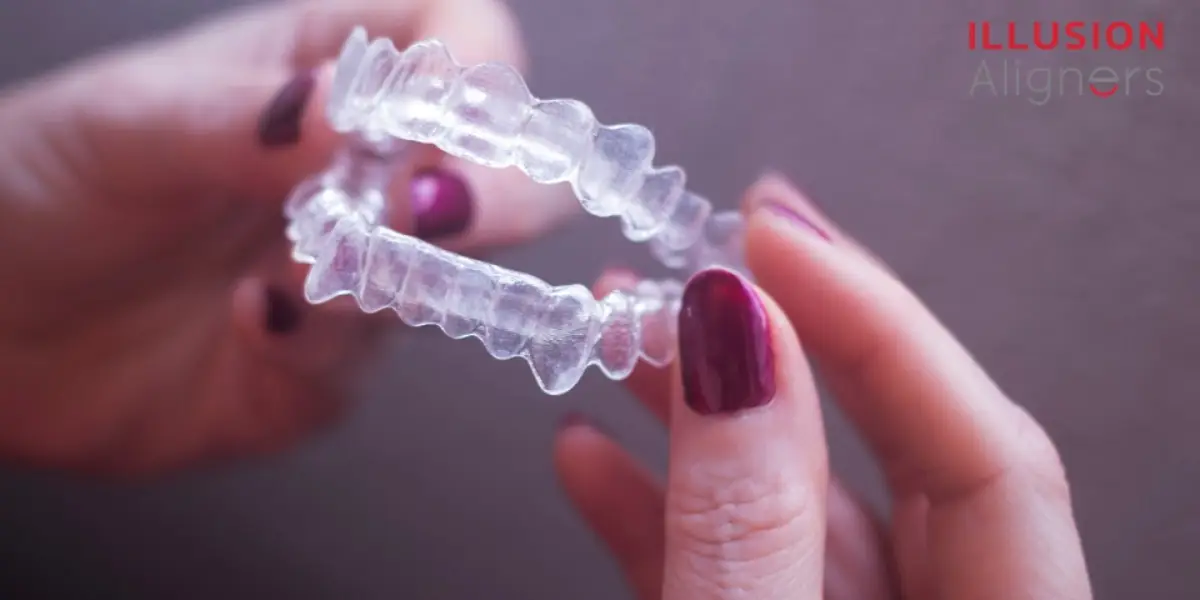
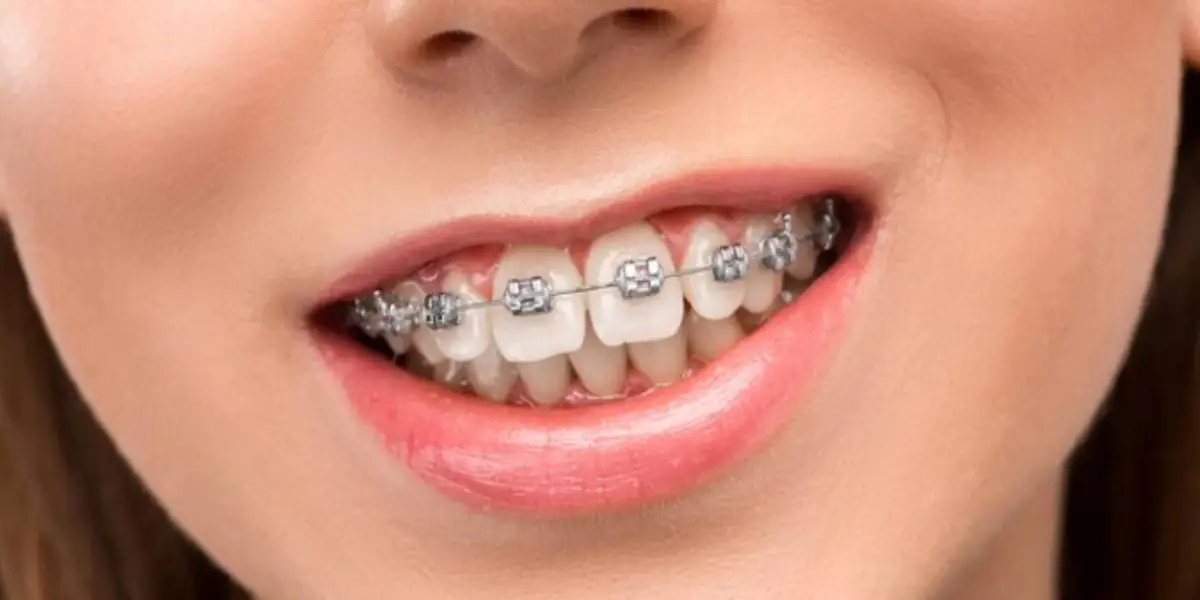
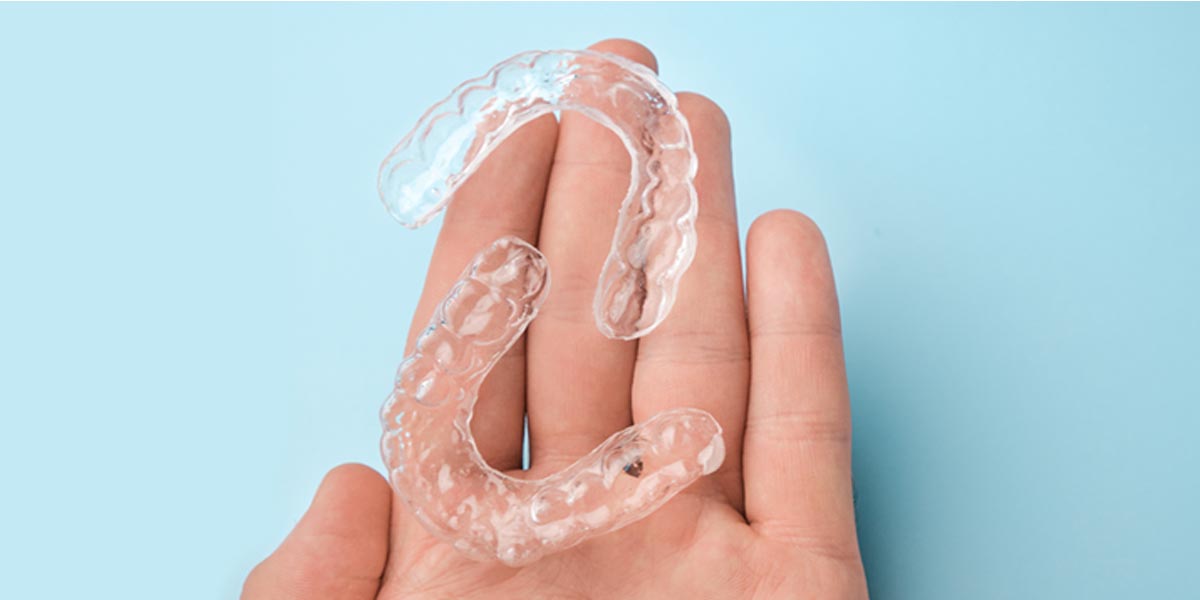
2.jpg)

